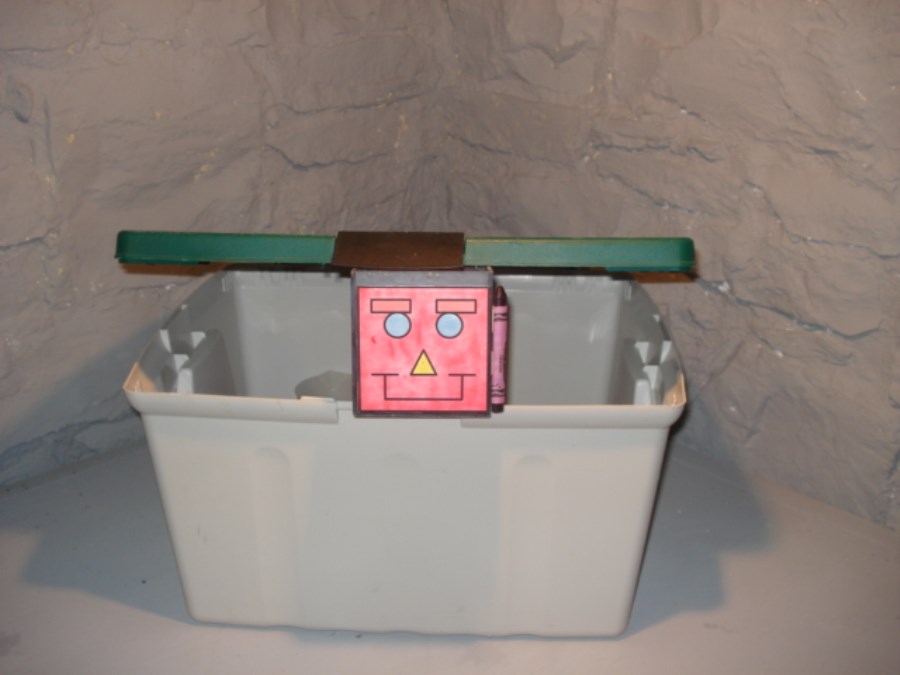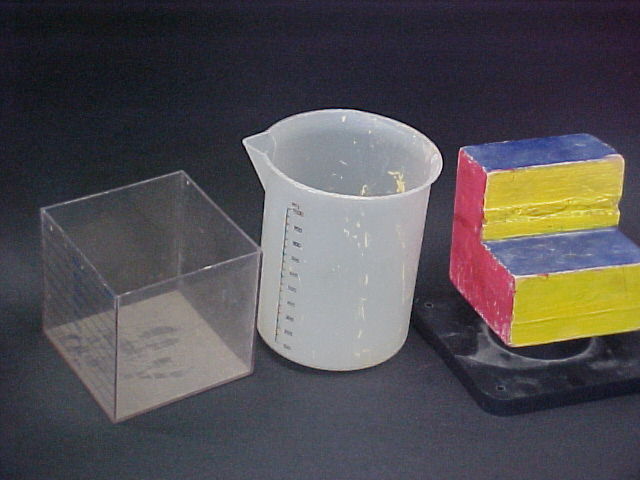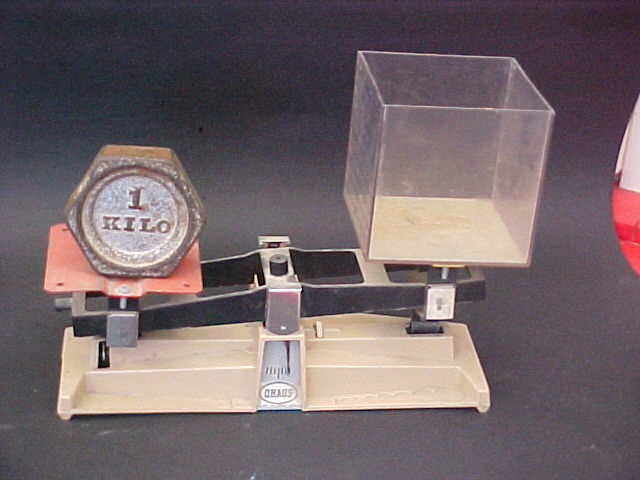
Metric System Teacher's Notes
Understanding the kilogram and its relationship to the cubic decimeter’s internal space is a relatively simple thing for kids to comprehend; but going on to the metric tonne and the gram is more complicated.
Developing a metric system course of study based on the cubic centimeter, cubic decimeter and cubic meter, three measurement linchpins, is a reading, math, and art visualization exercise, all wrapped up into one.
Every year, I began teaching the metric system to my class on the first day of the school year. I taught new information or reviewed previous information everyday from that point on. The metric system was one of my most important teaching units.
I set aside a week of daily teaching, re-teaching and review for the kilogram,the easiest of the masses to teach, then evaluated my work.
I went on to the metric tonne and the gram only when I felt confident my students understood the kilogram because the kilogram is one of the metric system’s hubs.
From the beginning, to help them visualize, we viewed Bill Nye the Science Guy’s,”Measurement” video, which is based on the metric system.
Once the video and class discussion were over, I had several kilo weights in my classroom so I started with each hand being a platform, one hand holding a kilo weight and placing small things on the other, until a student thought the two were in balance. Then I asked, “How good is your body at weighing things?” We needed a scientific instrument that could answer the question.
It was time to go on to a second Bill Nye video, “Simple Machines”, which, among other things, explained that a scale is not only a simple machine, but also a measurement tool.
I demonstrated how to use a scale by placing a small amount of red tempera paint in a 2 liter clear water jug and made sure that I had a large towel to absorb any spills, which were inevitable, when students perform experiment with water.
Students need to know your reference points when describing something using the metric system such as comparisons between small, medium and large masses. Have examples on hand.
Don’t forget to organize your tools and materials before starting and have a clear cubic decimeter sitting on your desk at all times.
Developing a metric system course of study based on the cubic centimeter, cubic decimeter and cubic meter, three measurement linchpins, is a reading, math, and art visualization exercise, all wrapped up into one.
Every year, I began teaching the metric system to my class on the first day of the school year. I taught new information or reviewed previous information everyday from that point on. The metric system was one of my most important teaching units.
I set aside a week of daily teaching, re-teaching and review for the kilogram,the easiest of the masses to teach, then evaluated my work.
I went on to the metric tonne and the gram only when I felt confident my students understood the kilogram because the kilogram is one of the metric system’s hubs.
From the beginning, to help them visualize, we viewed Bill Nye the Science Guy’s,”Measurement” video, which is based on the metric system.
Once the video and class discussion were over, I had several kilo weights in my classroom so I started with each hand being a platform, one hand holding a kilo weight and placing small things on the other, until a student thought the two were in balance. Then I asked, “How good is your body at weighing things?” We needed a scientific instrument that could answer the question.
It was time to go on to a second Bill Nye video, “Simple Machines”, which, among other things, explained that a scale is not only a simple machine, but also a measurement tool.
I demonstrated how to use a scale by placing a small amount of red tempera paint in a 2 liter clear water jug and made sure that I had a large towel to absorb any spills, which were inevitable, when students perform experiment with water.
Students need to know your reference points when describing something using the metric system such as comparisons between small, medium and large masses. Have examples on hand.
Don’t forget to organize your tools and materials before starting and have a clear cubic decimeter sitting on your desk at all times.
Metric System Tools and Materials
1.Large plastic containers, (one of the containers should be very sturdy so as to hold the weights. The others will hold equipment, tools and materials.)
A. Label the containers and lock them if they are in a public storage area.
B. Have three trusted, organized students in charge of retrieving, organizing, setting up the experiment and returning the materials when completed.
2.For a class you will need a minimum of five one-kilogram weights and five sets of gram weights.
3.For a class you will need five basic scales.
4.Five clear two liter containers plastic orange juice containers work very well to hold water.
5.Five acrylic clear cubic decimeters.
6.Organize tempera paint or food colouring to add colour to the water for five groups.
7.Each of the groups will need a large towel to absorb spills. Paper towels may also be needed.
I was fortunate to have a locked office and storage area. You will have to consider what you will you do to store and secure your equipment.
Mass and capacity relationship in the metric system.
(kilogram) < > (cubic decimeter)
(metric tonne) < > (cubic meter)
(gram) < > (cubic centimeter)
1.Large plastic containers, (one of the containers should be very sturdy so as to hold the weights. The others will hold equipment, tools and materials.)
A. Label the containers and lock them if they are in a public storage area.
B. Have three trusted, organized students in charge of retrieving, organizing, setting up the experiment and returning the materials when completed.
2.For a class you will need a minimum of five one-kilogram weights and five sets of gram weights.
3.For a class you will need five basic scales.
4.Five clear two liter containers plastic orange juice containers work very well to hold water.
5.Five acrylic clear cubic decimeters.
6.Organize tempera paint or food colouring to add colour to the water for five groups.
7.Each of the groups will need a large towel to absorb spills. Paper towels may also be needed.
I was fortunate to have a locked office and storage area. You will have to consider what you will you do to store and secure your equipment.
Mass and capacity relationship in the metric system.
(kilogram) < > (cubic decimeter)
(metric tonne) < > (cubic meter)
(gram) < > (cubic centimeter)

